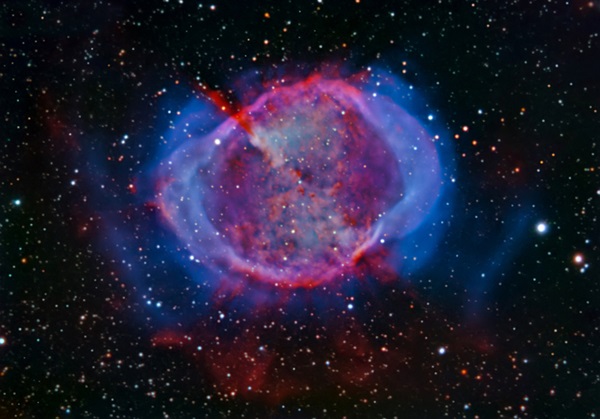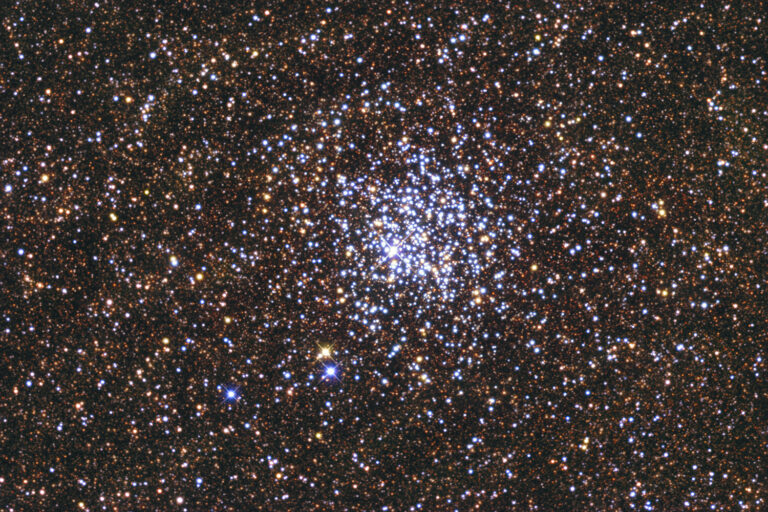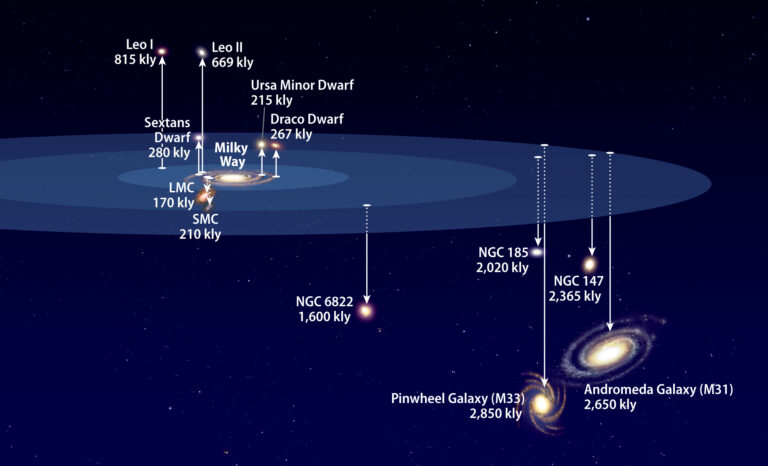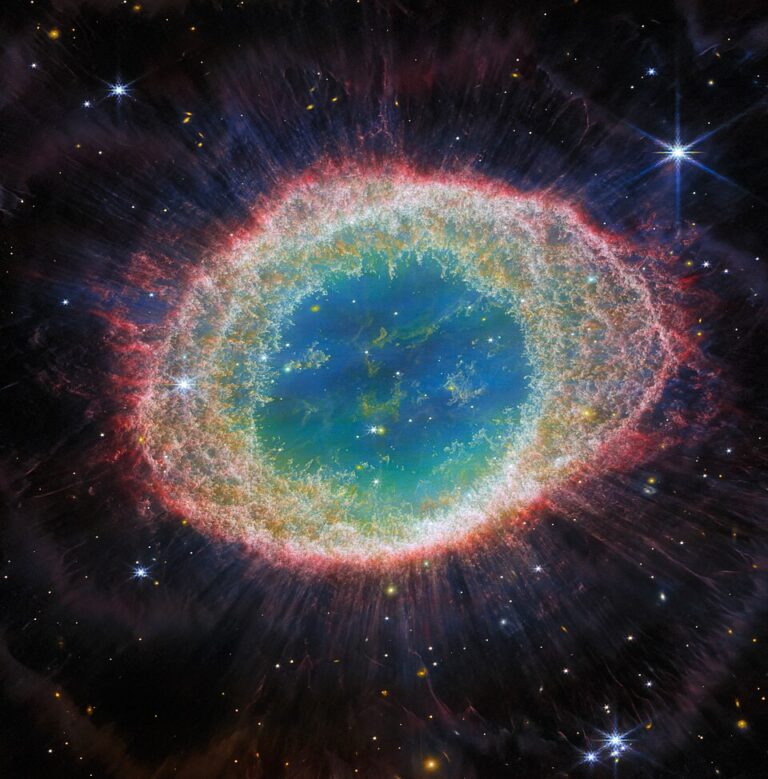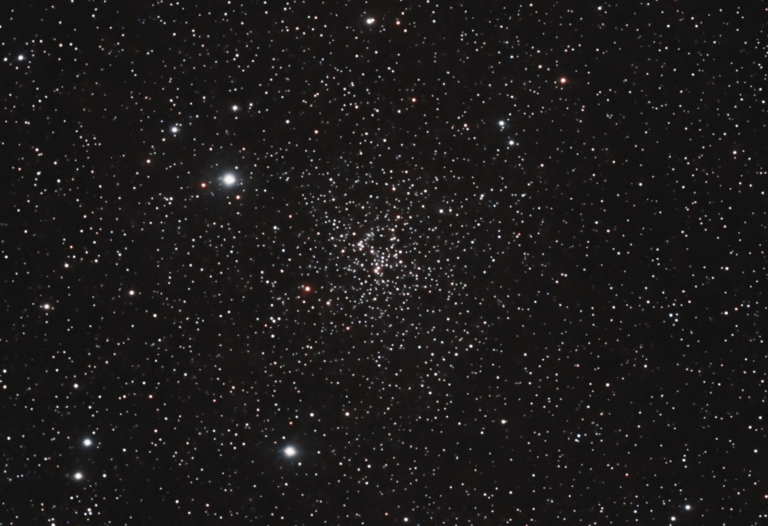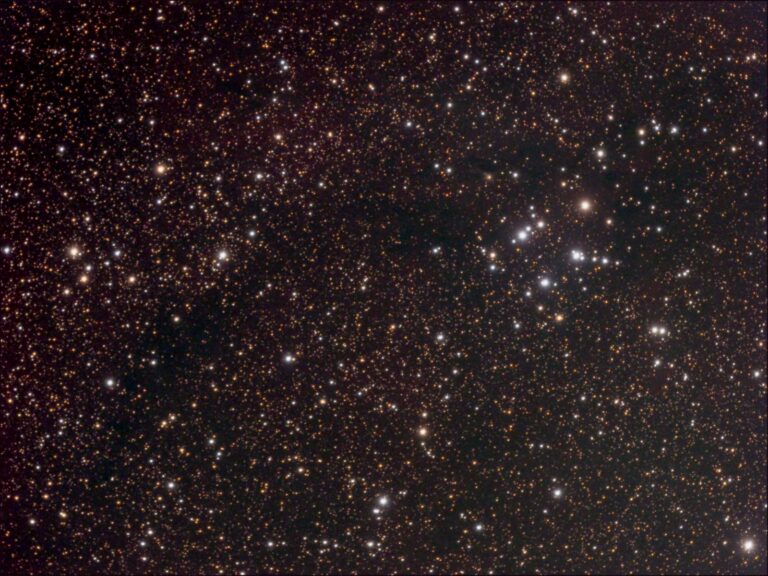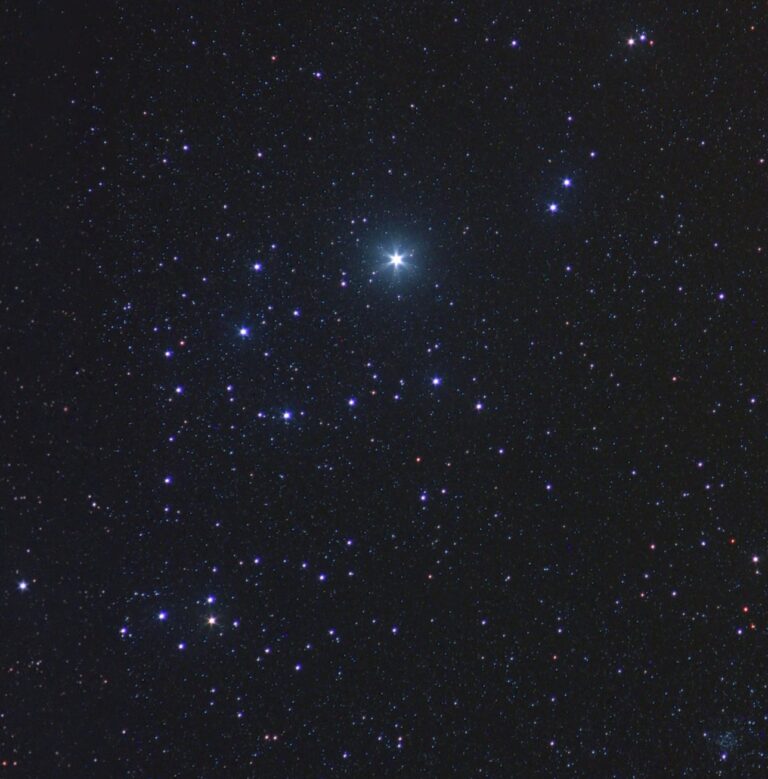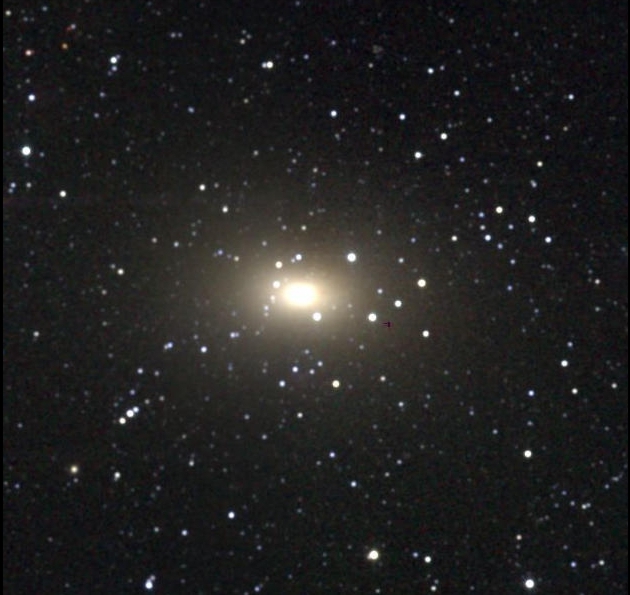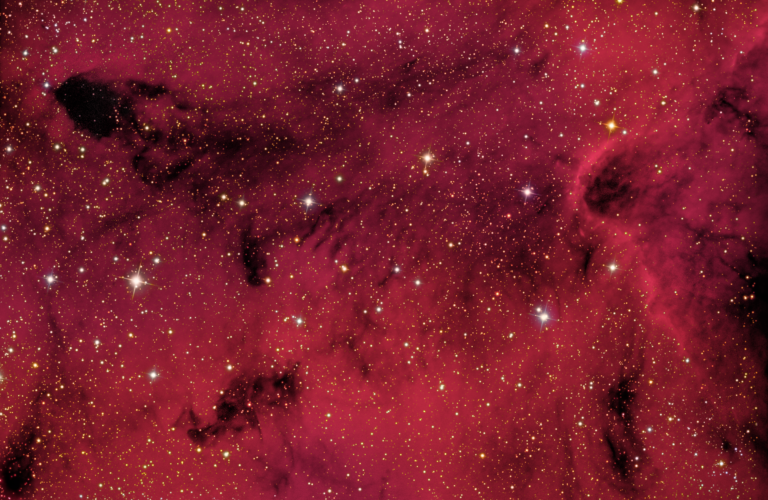Key Takeaways:
- The Dumbbell Nebula (M27), discovered in 1764, is the first planetary nebula identified and is notable for its brightness and distinctive shape.
- Its appearance, described variously as a dumbbell, hourglass, apple core, or bow tie, is attributed to its prolate spheroid structure and observational perspective; viewed from its short axis it appears brighter and hourglass-shaped.
- Observational details include asymmetrical brightness, fainter extensions ("ears") along the major axis, and a central 13th magnitude white dwarf remnant.
- Optimal viewing requires telescopes with at least 100x magnification and potentially narrowband or OIII filters to enhance structural details; a larger scope is needed to observe the central white dwarf.
While most planetary nebulae are small and beautiful, there is no doubt that the Dumbbell Nebula (M27) is something special. Found by Charles Messier in July 1764, M27 was the first planetary nebula ever discovered. He described it as a “nebula without star … oval in shape.”
Decades later, John Herschel remarked it resembled “a nebula shaped like a dumbbell,” a nickname that stuck. He also subsequently coined a second nickname when he wrote it is “shaped something like an hourglass.” Others have tagged it the Apple Core Nebula and the Bow Tie Nebula.
Located in the summer constellation Vulpecula the Fox, the Dumbbell is one of the brightest planetary nebulae in the sky. Binoculars and finder scopes reveal it as a rectangular patch of light with a hint of a tapered waist, floating in a star-studded field 3° due north of Gamma (γ) Sagittae.
With a telescope, use low power to find it, then switch to at least 100x for the best view. Inserting a narrowband or OIII filter will help accentuate its structural details. The nebula’s brightness is clearly asymmetrical, with the southern half of the hourglass outshining its northern counterpart. Fainter perpendicular extensions, which some call ears, protrude away from the center. These are best appreciated in larger scopes at low power with a contrast-enhancing nebula filter. Centered in all of this hides a white dwarf, the remnant of the star that gave birth to the nebula some 9,800 years ago. Shining at 13th magnitude, the white dwarf usually requires at least a 10-inch scope to ferret out.
Each planetary nebula is unique because its appearance depends so much on the angle at which it presents itself to us. Viewed on-axis, many show nearly circular rings or disks. But viewed from the side, planetaries can take on long, cylindrical profiles. In the case of the Dumbbell, it is a prolate spheroid — picture a football with more rounded ends. The bright hourglass shape spans the spheroid’s short (minor) axis. The fainter ears align with its long (major) axis.
Make sure to explore Astronomy’s full list of 101 cosmic objects you must see. New entries will be added each week throughout 2022.
To get the latest astronomical news and observing content delivered directly to your door, subscribe to Astronomy magazine today!

